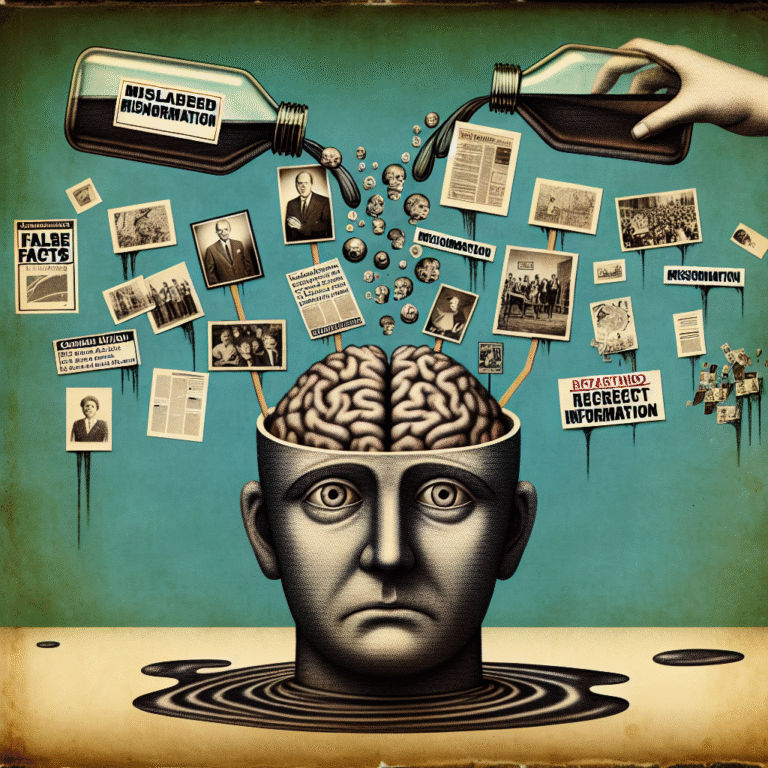
Introduction
The criminal justice system has long grappled with a fundamental question: what is the best way to handle those who transgress societal norms? As public opinion pivots toward more compassionate approaches, Beyond Punishment: How Rehabilitation Can Reduce Recidivism Rates emerges as not just a viable solution but an essential one. Every year, vast resources are expended on punishment-centric strategies that often yield little more than a revolving door of recidivism. In contrast, rehabilitation offers a more effective path—one that not only promises to lower recidivism rates but also fosters healthier communities and reintegrates individuals into society.
This article delves deeply into the concept of rehabilitation, exploring its methodologies, effectiveness, and the profound societal implications that arise from shifting focus from punishment to rehabilitation.
The Illusion of Punishment
Punishment as a primary response to crime is deeply embedded in our societal psyche. However, its efficacy is drawn into question by a plethora of studies indicating high rates of recidivism among those who have suffered punitive measures.
The Recidivism Statistics
Statistical evidence reveals that nearly 67% of released prisoners are rearrested within three years. According to the Bureau of Justice Statistics, the numbers indicate a staggering cycle that not only impacts the individuals involved but also strains societal resources. The harsh reality is that punitive measures often do little to deter future offenses—rather, they entrench individuals in a cycle of crime and incarceration.
Understanding Rehabilitation
So, what exactly is rehabilitation? At its core, rehabilitation seeks to reform individuals through various supportive measures aimed at addressing the root causes of criminal behavior. This approach focuses on teaching skills, providing therapy, and integrating educational components to equip former offenders for a more productive life.
Key Components of Rehabilitation
Therapeutic Interventions: Mental health issues often underpin criminal behavior. Therapeutic approaches, including Cognitive Behavioral Therapy (CBT) and substance abuse treatment, can effectively address these underlying issues.
Educational Programs: Providing educational opportunities significantly reduces recidivism by enhancing employability and helping individuals re-enter the job market.
Life Skills Training: Teaching practical skills such as financial literacy, communication, and conflict resolution can help offenders reintegrate successfully.
- Community Support Systems: Building robust support networks is essential for maintaining sobriety and providing guidance during challenging times.
Case Studies Illustrating Success
1. The Delancey Street Foundation
The Delancey Street Foundation, established in San Francisco, stands as a testament to the power of rehabilitation. This self-help community is specifically designed for ex-convicts, substance abusers, and the homeless. Unlike traditional corrections, residents work together, learn from each other, and gain essential life skills.
Relevance to Key Argument: The foundation’s success lies in treating individuals as capable of growth and redemption, significantly lowering recidivism rates among its graduates.
Statistics: Studies indicate nearly 70% employment rates for Delancey Street graduates, reinforcing that with the right support and infrastructure, reoffending is not the inevitable fate of many.
2. Norway’s Prison System
Norway’s penal system is often cited as a gold standard for rehabilitation. The focus on human rights, education, and skills training creates an environment conducive to personal growth.
Relevance to Key Argument: With an emphasis on treating offenders with dignity and respect, Norway boasts one of the lowest recidivism rates in the world at around 20%. This indicates that humane conditions and rehabilitation efforts can yield profound results.
Statistics: A 2016 report showed that only 20% of those released in Norway reoffended within two years, compared to higher rates in more punitive systems.
Challenges to Rehabilitation
Societal Stigma
The societal perception of ex-offenders complicates reintegration efforts. Stigmatization can lead to difficulties in finding employment and social acceptance, creating barriers that can lead individuals back into criminal behavior.
Funding and Resources
Rehabilitation programs often struggle with inadequate funding, limiting their ability to provide comprehensive support. Public policy must evolve to prioritize these concerns and allocate necessary resources.
Moving Beyond Punishment
To effectively transition from a punitive to a rehabilitative system requires a fundamental shift in public policy and perception. Beyond Punishment: How Rehabilitation Can Reduce Recidivism Rates must become a rallying cry for advocates pushing for meaningful change.
Policy Reform: Governments must reform penal policies to prioritize rehabilitation over incarceration. This involves redirecting funding from the prison-industrial complex toward community-based rehabilitation programs.
Community Involvement: Community outreach programs that educate the public on the importance of rehabilitation can help to dismantle stigma and promote acceptance.
- Collaborative Efforts: Collaboration between the criminal justice system, social services, and non-profits enhances the support structure available for individuals post-release, creating robust safety nets.
Conclusion
The narrative surrounding crime and punishment is shifting. The evidence is irrefutable—Beyond Punishment: How Rehabilitation Can Reduce Recidivism Rates showcases methodologies and success stories that advocate for a transformative approach to societal healing. By focusing on rehabilitation rather than punishment, we don’t merely work to reduce recidivism; we enable personal growth, foster supportive communities, and ultimately create a more humane and effective justice system.
FAQs
1. What is recidivism?
Recidivism refers to the tendency of a convicted criminal to reoffend. It is commonly measured by the rate at which individuals are rearrested or returned to prison.
2. Why does punishment often fail to deter crime?
Punishment often fails because it doesn’t address the underlying issues that drive criminal behavior, such as mental health, addiction, and lack of skills.
3. How do rehabilitation programs work?
Rehabilitation programs work by providing support and resources designed to reform behavior. This may include therapy, education, job training, and life skills development.
4. What are some successful rehabilitation initiatives in the U.S.?
Several initiatives exist, such as the Delancey Street Foundation and various drug courts that incorporate treatment into the judicial process rather than traditional incarceration.
5. How can communities contribute to reducing recidivism?
Communities can contribute by offering support networks, educating themselves about the needs of ex-offenders, and advocating for policies that promote rehabilitation rather than punishment.
Closing Thoughts
As we look toward the future of our justice system, embracing rehabilitative measures will not only reduce recidivism but will also illuminate the paths of many individuals seeking redemption. With dedication and advocacy, we can create a world in which Beyond Punishment: How Rehabilitation Can Reduce Recidivism Rates becomes not just a goal, but a reality.

















